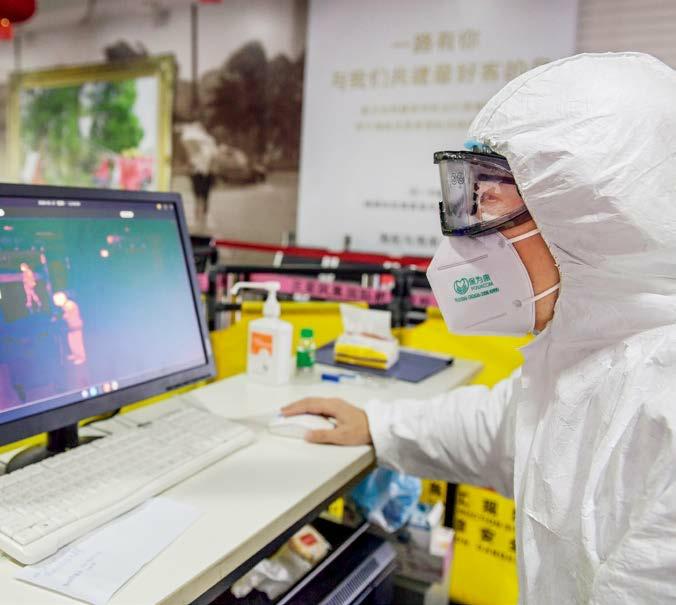A Battle Against Epidemic
2020-03-23
Around this years Spring Festival, Chinas largest seasonal migration of people as families reunite for the nations most important traditional festival, an outbreak of novel coronavirus pneumonia hit the country hard, affecting countless people. To launch an anti-epidemic campaign on a national scale and to curb the spread of the novel coronavirus, many provinces, municipalities, and autonomous regions extended the holiday. To answer the governments call for epidemic prevention and control efforts, the staff of China Pictorial has been working at home during this period.
However, we earnestly want our readers around the world to see the courage, determination and strong will that the Chinese government and people have exhibited in their efforts to battle the epidemic. Thus, we postponed the scheduled publication date in order to produce a special issue on Chinas fight against the virus. We apologize for the publication delay and reduced pages. We hope that after reading this 64-page issue, our readers will get to know the concerted efforts of Chinese people from all walks of life, the instant response of the whole nation, and the rapid mobilization capacities of the Chinese government, among many other endeavors, to conquer this novel coronavirus epidemic facing all human beings.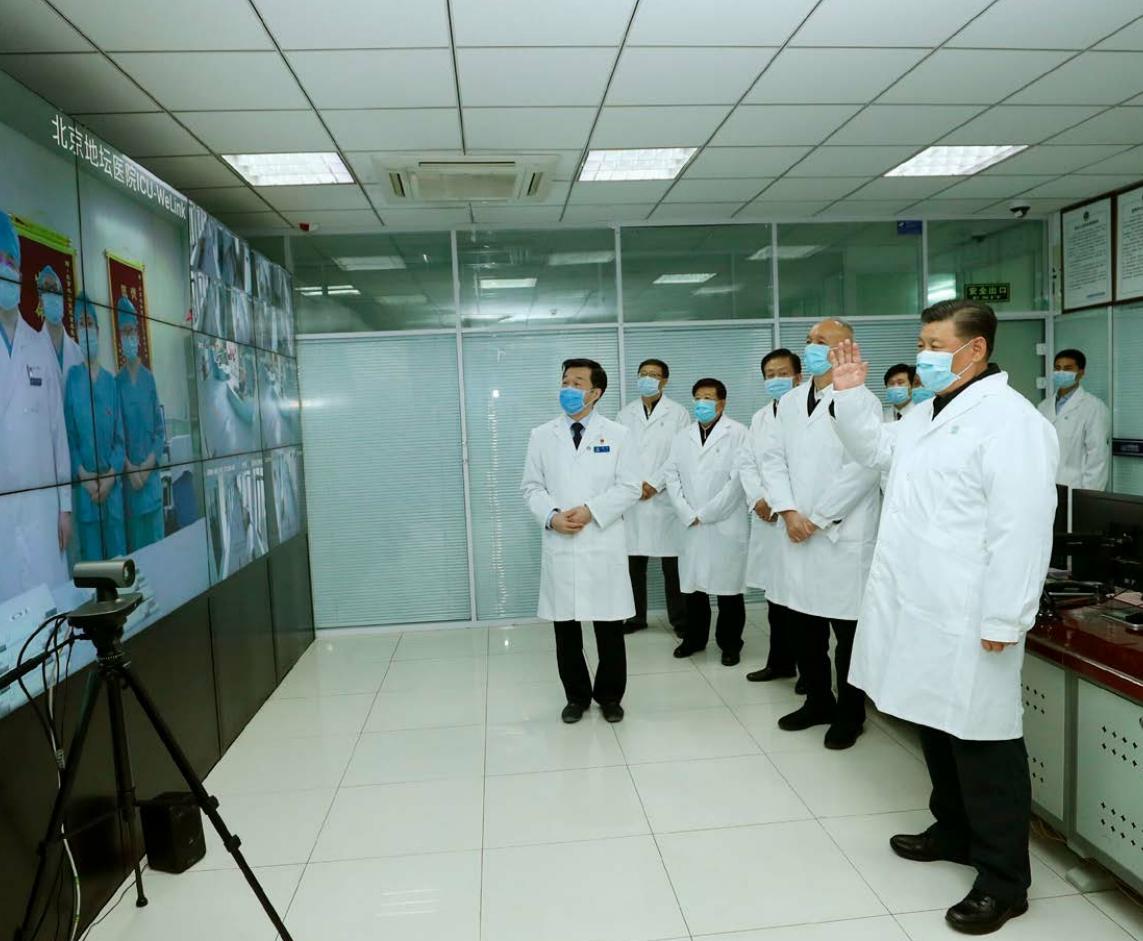
Chinese health authorities announced that 40,171 confirmed cases of pneumonia caused by the novel coronavirus (2019-nCoV) had been reported on the Chinese mainland by the end of February 9, 2020. By the same time, the death toll from the pneumonia caused by the coronavirus had reached 908 across the mainland, and a total of 3,281 infected patients had been cured and released from hospitals.
In Hubei Province, 29,631 confirmed cases had been reported as of February 9, including 16,902 in Wuhan, the capital city of the province, where the outbreak was first reported. Since the epidemic broke out in Wuhan in December 2019, it has affected all provinces, municipalities and autonomous regions on the Chinese mainland.
China has full confidence and capability to win the battle against the novel coronavirus pneumonia outbreak, Chinese President Xi Jinping said on January 28, when he met with Tedros Adhanom Ghebreyesus, director-general of the World Health Organization in Beijing. “The Chinese people right now are faced with a very serious battle. And for the Chinese government, this is something that we take very seriously, because in our view, nothing matters more than peoples safety and health,” Xi said.
On January 27, entrusted by President Xi Jinping, also general secretary of the Communist Party of China (CPC) Central Committee, Chinese Premier Li Keqiang inspected efforts to prevent and control the novel coronavirus outbreak in Wuhan.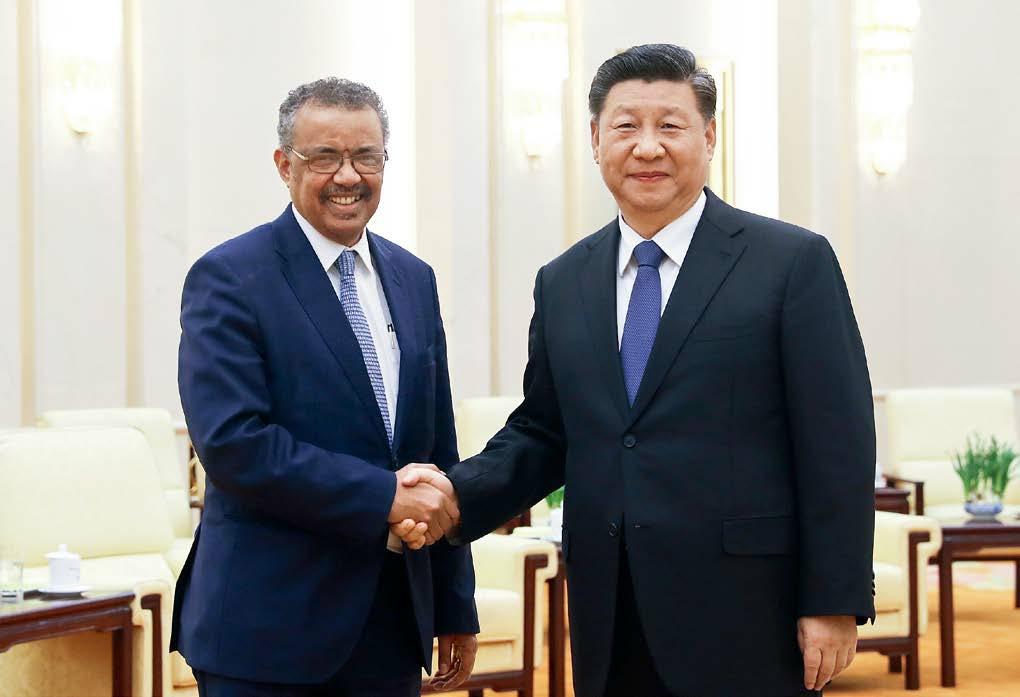
In Wuhan, Li required local authorities to spare no effort in the epidemic prevention and control work, which is of paramount importance, reducing both the incidence rate and mortality rate to safeguard peoples lives and health. Li called for speeding up the construction of Huoshenshan Hospital, a makeshift hospital for treating patients infected with the novel coronavirus, during his visit to the construction site. He also assured people in a local supermarket that the country, with its ample reserves and measures, will ensure adequate market supply and stable prices in Wuhan.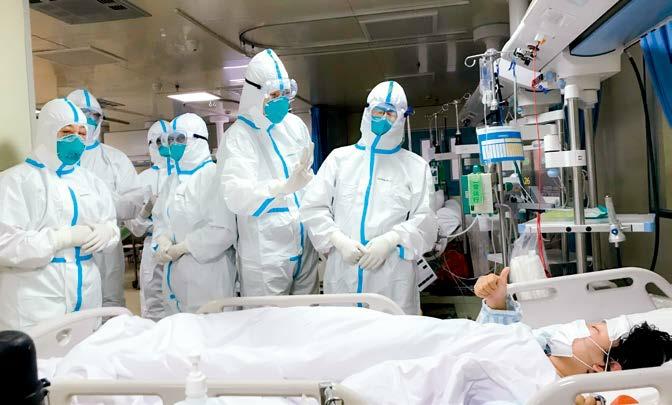
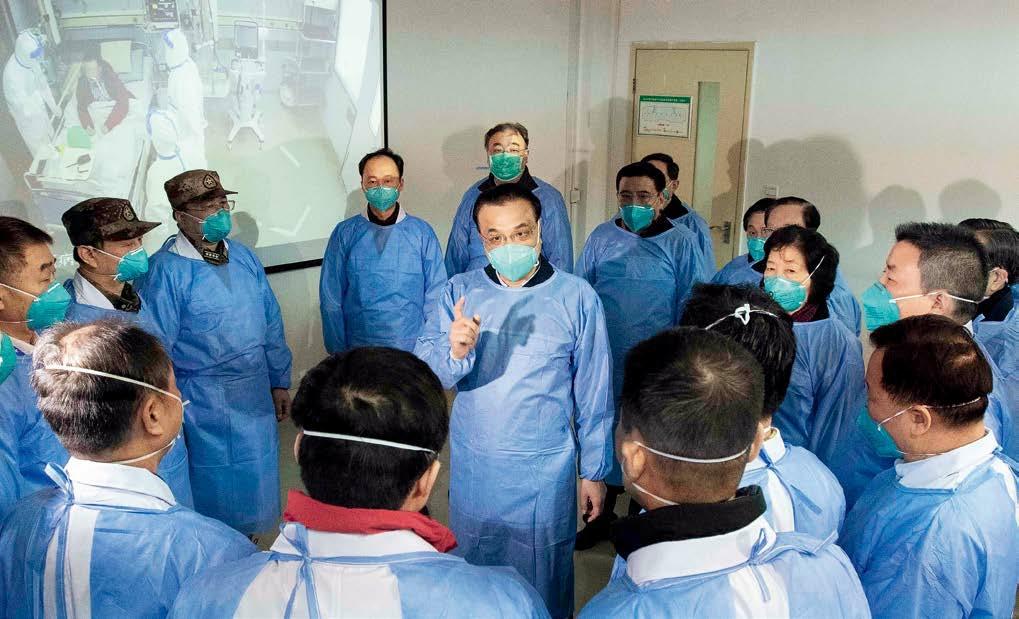

Intensified measures have been taken by authorities at different levels around China to cope with the spread of the disease. Wuhan has been cut off from the rest of China, with limited transport restriction measures taken in some other cities. Schools across the country will postpone the new semester following an announcement from the central government.
As of January 29, a total of 6,097 medical workers from 26 provinces, municipalities and autonomous regions, as well as three military hospitals, had been sent to Hubei Province, the epicenter of the outbreak, to help combat the ongoing novel coronavirus outbreak. They have been dispatched to designated hospitals to join the medical work.
The first batch of medical staff was sent from Shanghai and Guangdong Province on January 24. The medical workers are specialized in different areas, including respiratory and infectious diseases, and many of them are very experienced in similar emergency relief operations and have taken part in fighting the SARS (severe acute respiratory syndrome) outbreak in 2003 or helped control the Ebola outbreak in Africa.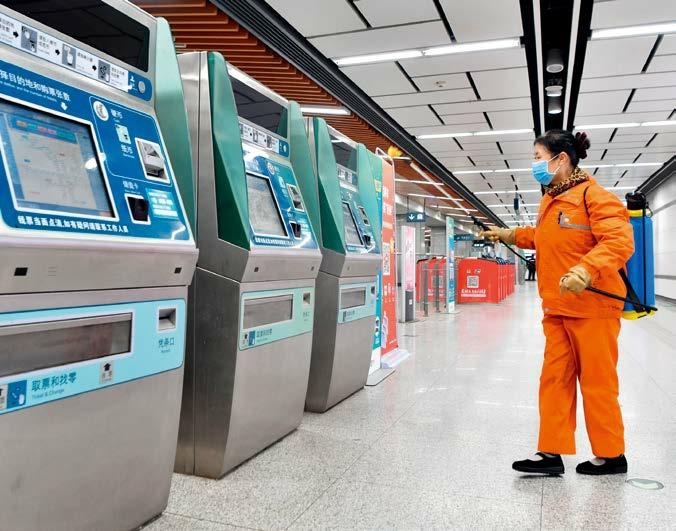
Authorities in Wuhan are also intensifying efforts to increase the number of beds to cope with the increasing number of patients, including building two new hospitals. The two makeshift hospitals, Huoshenshan and Leishenshan, would provide a total of 2,300 additional beds. Huoshenshan Hospital, built in just 10 days, was formally delivered to military medics on February 2 and started to treat infected patients on February 4. Leishenshan Hospital was also completed on February 6 and began to treat patients on February 8. The Leishenshan and Huoshenshan hospitals replicate the SARS treatment model used in Beijing in 2003. Now, Chinas central government is urging all authorities in Hubei Province to take resolute measures to make sure all people needing medical assistance are admitted to medical facilities for the novel coronavirus pneumonia.